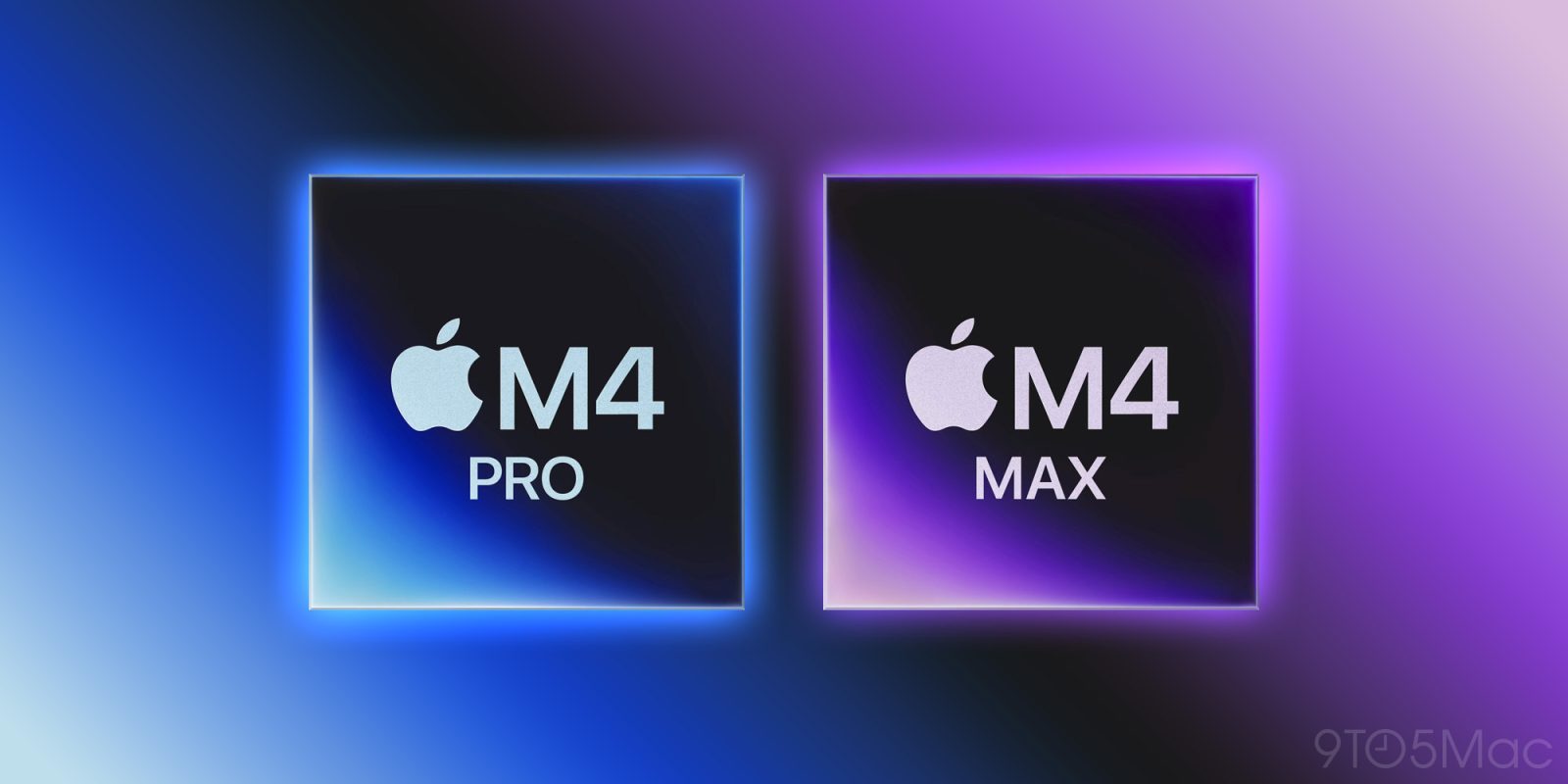9TO5MAC.COM
LG teases upcoming UltraFine 6K Display with Thunderbolt 5 and stunning slim bezel design
LG unveiled a beautiful new 6K display at CES 2025, dubbed the LG UltraFine 6K Display. It marks the first 6K monitor to incorporate Thunderbolt 5, a feature recently introduced by Apple in the new M4 Pro Mac mini and M4 Pro MacBook Pro models launched in November. Details, including price and release date, are still unknown, but we can learn a few things from LGs teaser.The LG UltraFine 6K display, though still shrouded in technical details, boasts a few crucial specifications. Notably, its a 6K display, though the exact resolution remains undisclosed. Apples Pro Display XDR stands as a comparable 6K display, boasting a native resolution of 6016 x 3384 pixels across a 32-inch panel. This equates to a whopping 20.4 million pixels and an impressive 218 pixels-per-inch. LG also collaborates with Dell to produce a panel for their 6K UltraSharp, which features a resolution of 6144 x 3456.Based on the model number 32U990A, we can confidently deduce that this display is a 32-inch model, matching the dimensions of the Pro Display XDR and the Dell UltraSharp 6K.Another key aspect is the panel technology employed, which is a Nano IPS Black panel. This panel boasts a wide color gamut, spanning 99.5% of Adobe RGB and 98% of DCI-P3. While its definitely not a direct competitor to the Pro Display XDR in terms of color accuracy or contrast ratio, the Nano IPS Black technology offers a significant advantage in terms of cost-effectiveness. By opting for IPS Black instead of miniLED or OLED, LG ensures that the display remains within an accessible price range for consumers.The most pressing question is the refresh rate. Will LG opt for a 60Hz panel, or will the UltraFine 6K offer at least a 120Hz refresh rate? Considering the monitors Thunderbolt 5 connection, I believe a 6K/120Hz option is feasible, but we cant confirm until LG confirms it.A 6016 x 3384 display running at 120Hz would necessitate approximately 79.64 Gb/s of bandwidth. Thunderbolt 5 supports 80Gb/s of bi-directional data and 120Gb/s in one direction with bandwidth boost enabled. However, this is purely speculative, disregarding technologies like Display Stream Compression. Its reasonable to assume that LG would acknowledge the demand for a higher resolution monitor with a higher refresh rate. This would be an ideal companion for Pro Motion-enabled MacBooks. If the price is reasonable, LG could sell many of these units.The other significant factor is adoption. The majority of potential buyers dont own Macs with Thunderbolt 5 capability. Therefore, will the monitor support a lower resolution at a reduced refresh rate, such as 6K60 like the Pro Display XDR? While this seems plausible, well have to wait for more details. However, I believe LG wouldnt want to restrict the market for its new display to Mac owners of the M4 Pro models.The original LG UltraFine 5K Displaythat forehead, though.Finally, lets delve into the design of the LG UltraFine 6K. In a word, its breathtaking. The front panel boasts a striking symmetry, almost devoid of bezels, creating an all-screen illusion. Not a single logo, button, or any other visual element graces the display. This is undoubtedly an improvement over the LG UltraFine 5K Display, which launched back in 2019.The display build materials are intriguing. While Im not certain if its entirely made of metal, the teaser image certainly wants us to believe that. Moreover, it comes equipped with a height-adjustable stand that bears a resemblance to the one found on the Apple Studio Display.Personally, Im very excited to learn more if LG plays its cards right, it could have a bonafide hit on its hands. In the meantime, Id love to hear your thoughts. Feel free to share your opinions in the comments section.Add 9to5Mac to your Google News feed. FTC: We use income earning auto affiliate links. More.Youre reading 9to5Mac experts who break news about Apple and its surrounding ecosystem, day after day. Be sure to check out our homepage for all the latest news, and follow 9to5Mac on Twitter, Facebook, and LinkedIn to stay in the loop. Dont know where to start? Check out our exclusive stories, reviews, how-tos, and subscribe to our YouTube channel










